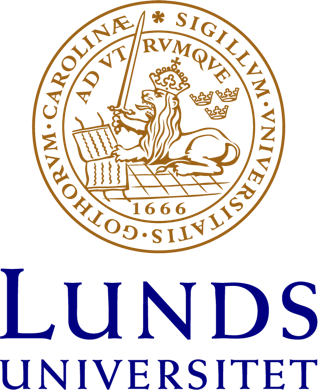2011-09-28
Michael Kimmel
Institut für Kultur- und Sozialanthropologie, Universität Wien
As cognitive science has begun to study co-regulation in dyads it has largely by-passed cultural systems in martial arts, pair dance, healing, horseback riding, etc., in which improvisation in real-time is enabled by special constraints acquired through prolonged apprenticeship. The benefits of such expert settings can be reaped if we find the right phenomenological methods to tap into what – in part at least – appears a semi-reflexive praxeology. I will present two ongoing projects that apply a method mix of diaries, interviews, and ethnography mainly to Tango argentino, but also Shiatsu, Feldenkrais, and Aikido. My first claim will be that practitioners use semi-conscious imagery to prepare their inner body, posture, and senses for interaction, and to reach out into other bodies or the environment. Thus, various types of imagery regulate the dyad as a whole, i.e. we may speak of imagery in individuals, but imagery not of individuals. A detailed compositional analysis of this imagery and its gradual genesis, often over years, is quite possible, by analyzing multimodal data for image-schematic structures. Next, I will inquire into genuinely improvisational (hence non-scripted) abilities. My dynamic model revolves around the twin-notions of “affordance chains” and strategic “sensing for action”. I propose that, in order to understand how imagery is recruited on the fly, the researcher needs to elicit from the experts (a) a set of represented semi-permanent attractor states, (b) specific node points, and (c) transitional knowledge of how they can be traversed. A brief discussion follows as to whether this model can be applied to all skilled embodied improvisation and what methods different “system designs” may require. Finally, I will present sneak-preview data that triangulates between phenomenology and measurement from tango motion tracking and reflect on the research process in which each method began to cross-buttress the other.
